Tire Care & Maintenance Buyer's Guide

Tires are, arguably, the most significant factor affecting your safety on a motorcycle. We trust both our shiny, expensive machinery and our lives to what, when you really consider it, are two impossibly small contact patches with the pavement. Modern tire performance in wet or cold or dirty or hot conditions with rapidly changing forces (acceleration, deceleration, cornering, braking, and bump absorption) is nothing short of amazing. While much of the moto-press’ attentions are focused on increased engine output or the expanding role electronics are playing in riding, the unsung advances in motorcycle tires over the past decade have been astounding. There are sport touring tires with performance that was once reserved for racing rubber. Wet weather riding need not be the worrying task it was in the past. Heavy touring bikes and cruisers achieve mileage out of a set of tires that is hard to fathom.
With all this technology – tire compounds are the true black art of the motorcycle world – tires still only ask a few, simple things from us the rider to keep them working their best. While these maintenance tasks have remained relatively constant over the years, they are frequently overlooked by too many riders. So, let’s take a short tour through tire maintenance and the products that will help you get the most out of your motorcycle’s tires.
Mounting and Balancing
Although the vast majority of riders simply have their tires swapped by their local dealer, a few hardy souls change their own tires – and why not? With a few simple tools, pouring a new set of buns on your ride is little more than an afternoon project.
First, you’ll need to break the bead on your bike’s current tire. There are tons of bead breakers out on the market – even a couple DIY methods, one using a motorcycle side stand and another that involves a couple 2 x 4s and a car (really). However, we’d recommend checking out one of the many offered by the aftermarket.
Tire irons are what actually get the tire’s bead over the edge of the rim. This is where you put a little “sweat equity” into your tire changing. Still, with a quality set of irons and a set of rim guards, your wheels will stay shiny and new even after you’ve muscled through numerous rubber swaps.
Balanced wheels are hugely important when it comes to extracting the maximum performance and life from a set of tires. Yes, dealers have those fancy digital wheel balancers that tell the operator how much weight to add and where to put it on the rim, but have you ever looked behind the scenes at the tire vendor area at a national race? They’re using rods, cones, and precision bearings to let gravity tell them where the weight belongs. While professionals can balance wheels quicker than you or I, with a little practice, we can still get precision results from our own tire balancing stand.
Cleaning
Avoid slippery tire dressings. Just use soap and water and have have blonde virgins pat the rubber dry, using unblemished white, 100% cotton towels during the apex of the full moon.
Daily Check
Tires rarely change radically over night – unless they’ve been punctured. So, a daily once-over will suffice for assessing their status. This needs to be no more than looking at the tire tread while rolling your bike out of the garage. check your tires with a quick glance every time you park your bike. Not only do you get to see how far you cranked it over on that canyon run, but also you may also notice the nail you picked up riding past that construction site. Motorcycles that are ridden regularly should have tire pressure checked twice a week. Bikes that sit for several days should have their tire pressure checked before hitting the streets.
New Tires
Although new rubber compounds heat up quickly and have made us largely ignore the old saw about taking it easy for the first 100 miles on a new set of tires, some tire manufacturers still keep this information on their websites. (We suspect largely at the insistence of their legal department.) Still, fresh street buns require a little extra care for the first few miles. Don’t immediately go out and try maximum braking or tossing them into a corner at full lean. Instead, make sure they’re up to operating temperature and build up the lean gradually, allowing them to scuff up a little.
Flat Fix
Unfortunately, the road surface is littered with Bad Things™ that lie in wait, hoping for errant motorcycle tires to damage. So, a sad part of tire care and maintenance is fixing roadside failures. Back in January, in his seminal work, Plugging Away: Stop&Go Vs. Dynaplug Tubeless Tire Repair, John Burns editor, John Burns, compared two of the preeminent side-of-the-road tire repair tools. Go there and be educated.
Winter Storage
Bike and tire manufacturers generally agree that it’s preferable to store a bike on stands, preventing the tires from sitting on the same spot for several months. When storing on stands, reduce the tire pressure by 20 percent. If using stands is not an option, fill the tires up to their maximum recommended pressure and check the pressure every month. Periodically rotating the tires so that the bike’s weight rests on different portions of the tread is also helpful. Finally, since ozone ages rubber, store your bike away from electric motors, such as refrigerators.

Like most of the best happenings in his life, Evans stumbled into his motojournalism career. While on his way to a planned life in academia, he applied for a job at a motorcycle magazine, thinking he’d get the opportunity to write some freelance articles. Instead, he was offered a full-time job in which he discovered he could actually get paid to ride other people’s motorcycles – and he’s never looked back. Over the 25 years he’s been in the motorcycle industry, Evans has written two books, 101 Sportbike Performance Projects and How to Modify Your Metric Cruiser, and has ridden just about every production motorcycle manufactured. Evans has a deep love of motorcycles and believes they are a force for good in the world.
More by Evans Brasfield
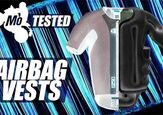


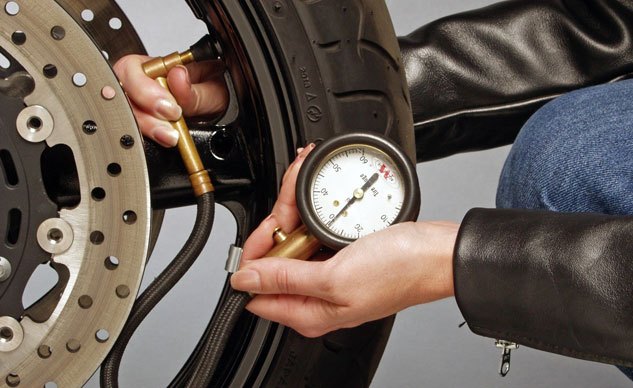
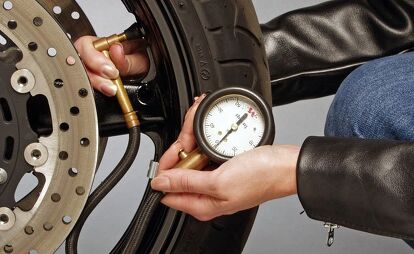


















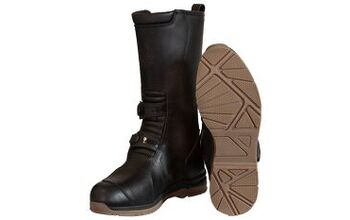
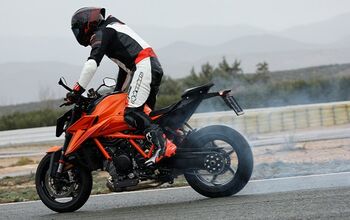

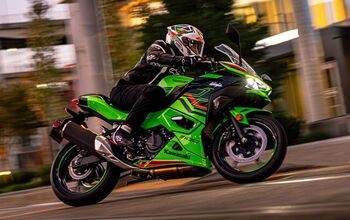
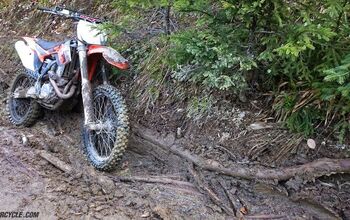

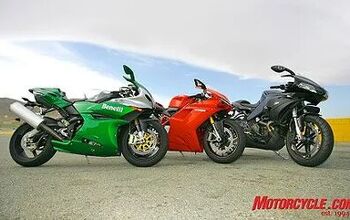
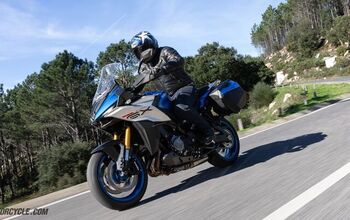
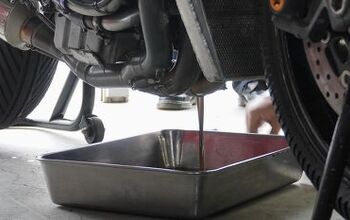

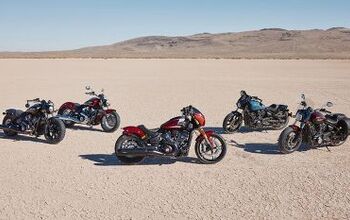


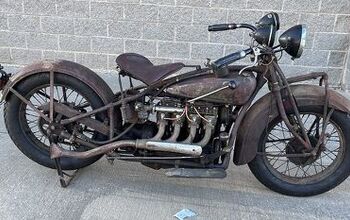
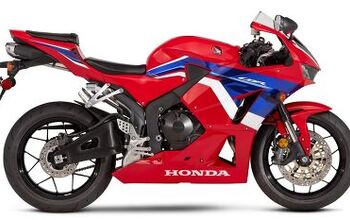

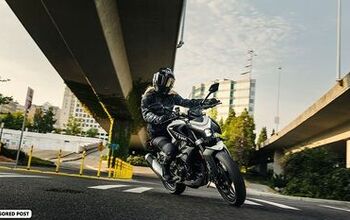
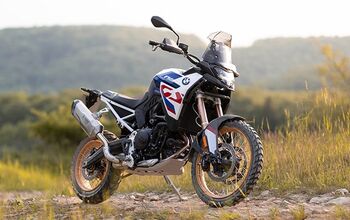
Comments
Join the conversation
I'm TIRED (get it?) of reading suggestions on any subject by those only interested in finding the cheapest possible solution. Car tires? seriously? diesel oil? perhaps windex in your coolant tank? If one has a suggestion that has value, by all means, pass it on, but if your mindset is: "Hey, I buy used tires and run 'em till the carcass shows, and I ain't dead yet!" puleez... keep it to yourself. I'm not wealthy, but my life is worth a few bucks.
"The large readout is accurate to within 1% over a range of 5.0–99.5 psi in half-pound increments."
How is that mathematically possible? If the actual pressure were 5.75 psi, for example, then at best it could either read "5.5" (4% low) or "6.0" (4% high).
You can't have half-psi increments and also be accurate to 1% until it's over 25 psi.